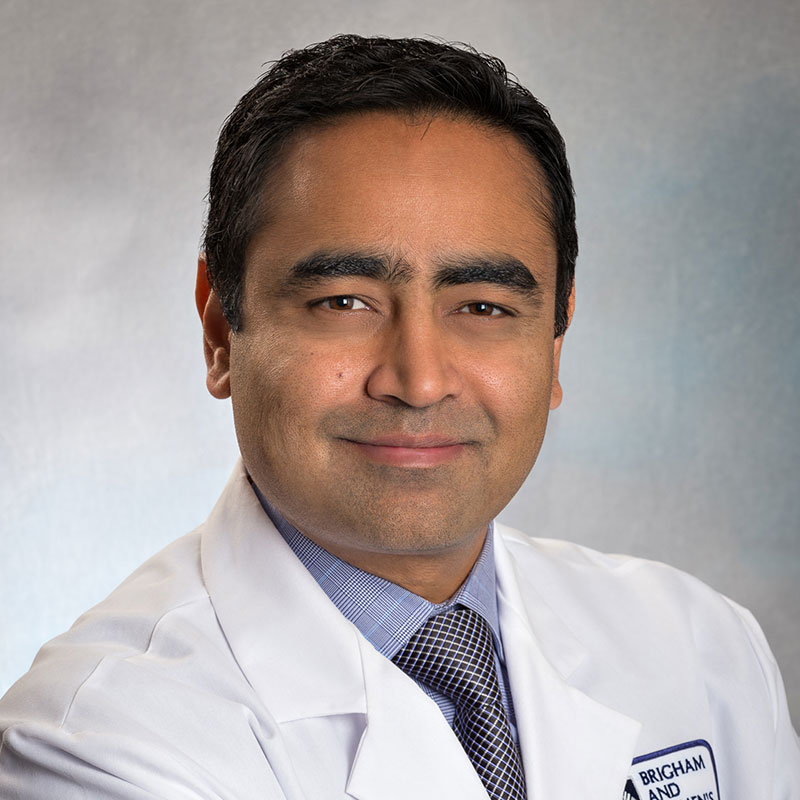-
- Find Care
-
- Visitor Information
- Find a Location
- Shuttles
- Visitor Policies
-
-
- Our Virtual Care Options
- Virtual Urgent Care
- Virtual Visits for Primary & Specialty Care
- Online Second Opinions
- Participate in Research
-
- Contact us
-
- For Innovators
- Commercialization Guide for Innovators
-
-
- Research News
- Alzheimer's Disease
- Artificial Intelligence
-
- Overview
-
- Overview
- Getting Started
- New to Mass General Brigham
- International Patient Services
- What Is Patient Gateway?
- Planning Your Visit
- Find a Doctor (opens link in new tab)
- Appointments
- Patient Resources
- Health & Wellness
- Flu, COVID-19, & RSV
- Billing & Insurance
- Financial Assistance
- Medicare and MassHealth ACOs
- Participate in Research
- Educational Resources
- Visitor Information
- Find a Location
- Shuttles
- Visitor Policies
- Find Care
-
- Overview
- Our Virtual Care Options
- Virtual Urgent Care
- Virtual Visits for Primary & Specialty Care
- Online Second Opinions
-
- Overview
- Participate in Research
-
- Overview
- About Innovation
- About
- Team
- News
- For Industry
- Venture Capital and Investments
- World Medical Innovation Forum (opens link in new tab)
- Featured Licensing Opportunities
- For Innovators
- Commercialization Guide for Innovators
- Contact us
-
- Overview
- Information for Researchers
- Compliance Office
- Research Cores
- Clinical Trials
- Advisory Services
- Featured Research
- Two Centuries of Breakthroughs
- Advances in Motion (opens link in new tab)
- Brigham on a Mission (opens link in new tab)
- Gene and Cell Therapy Institute
- Research News
- Alzheimer's Disease
- Artificial Intelligence
-
- Overview
-
- Overview
- Residency & fellowship programs
- Brigham and Women's Hospital
- Massachusetts General Hospital
- Mass Eye and Ear
- Newton-Wellesley Hospital
- Salem Hospital
- Integrated Mass General Brigham Programs
- Centers of Expertise
- Global & Community Health
- Health Policy & Management
- Healthcare Quality & Patient Safey
- Medical Education
- For trainees
- Prospective trainees
- Incoming trainees
- Current trainees
- Continuing Professional Development
How to Prevent a Brain Aneurysm

Brain aneurysms are common—an estimated 6.8 million Americans are living with an unruptured brain aneurysm. Unruptured aneurysms usually cause no symptoms, but treatment to prevent them from rupturing is important because rupture can be life-threatening.
“Every day, we see these patients,” says Nirav J. Patel, MD, a neurosurgeon with the Mass General Brigham Neuroscience Institute. “We're here to help. We want to see every one of these patients and have the conversation, give them the facts, let them be a part of the decision-making. Not all aneurysms make sense to fix, but we want patients to know the facts, and then we make a decision together.”
If you do develop a brain aneurysm, it’s important to remember that “aneurysms can be fixed and cured,” says Dr. Patel. There are steps you can take to prevent a brain aneurysm from rupturing, such as surgery or lifestyle changes (particularly stopping smoking). For those at risk of developing an aneurysm, there are also ways to reduce this risk.
Ways to prevent a brain aneurysm
Brain aneurysms occur most often in people between the ages of 35 and 60, people who were assigned female at birth, and people who identify as African-American and Hispanic. A family history of aneurysms also increases your risk.
“There are up to 20% of people who have a positive family history,” says Dr. Patel. “They have two first-degree relatives with a brain aneurysm.” For people with a strong family history, doctors recommend brain imaging every 5 to 10 years to screen for possible aneurysms.
While these factors can’t be changed, there are a number of lifestyle choices you can make to reduce your risk of forming a brain aneurysm or suffering a rupture:
- Quitting smoking or tobacco use: The best way to prevent a brain aneurysm or a brain aneurysm rupture is to avoid smoking.
- Reducing alcohol consumption: Excessive alcohol consumption has been linked to both brain aneurysm development and rupture.
- Managing blood pressure: High blood pressure, also known as hypertension, can weaken the walls of blood vessels and make it easier for aneurysms to form.
- Stopping illicit drug use: Stimulants like cocaine and methamphetamine can increase your blood pressure and heart rate, which puts stress on the blood vessel walls.
- Improving heart health: Buildup of fats and cholesterol in the arteries, known as atherosclerosis, can weaken the walls of these blood vessels, allowing aneurysms to form.
- Preventing head trauma: While rare, aneurysms caused by head injuries can occur due to direct damage or stretching of the blood vessels.
Brain aneurysm treatment
Since most brain aneurysms have no symptoms, unruptured brain aneurysms are most often discovered by chance during brain imaging tests for another reason, like after a traumatic injury.
Surgery is the only way to prevent rupture of a brain aneurysm. Doctors analyze the aneurysm based on its size and location, as well as your medical history, and will determine the risk of rupture.
Doctors use three techniques to manage unruptured aneurysms with surgery:
- Endovascular coiling: In this process, doctors thread a catheter (a thin tube) through an artery to the aneurysm. Once there, the surgeon may place a tiny metal coil inside the aneurysm, or a small tube inside the artery (stent), to stop blood flowing into the aneurysm.
- Flow diversion stent: In flow diversion, doctors use a catheter to place a small tube called a stent along the opening of the aneurysm to divert and block blood flow into the aneurysm.
- Surgical clipping: A surgeon makes a small opening in the skull to expose the aneurysm. They fasten a small metal clip to the neck of the aneurysm, to prevent blood from flowing into it. This procedure is performed less often today.
Nonsurgical treatment
Not all aneurysms require surgery. Small aneurysms typically have a low risk of rupture. Certain medical conditions may also increase the likelihood of surgical complications. These factors may result in the risk of rupture being lower than the risk from surgery. In this case, you and your doctor may decide to monitor the aneurysm yearly and make lifestyle choices to reduce your risk of rupture.
“If we decide it's safer not to fix your aneurysm, you are still going to be helped, we're still working with you,” says Dr. Patel. Most importantly, he says, “You can still have a full and normal life.”
